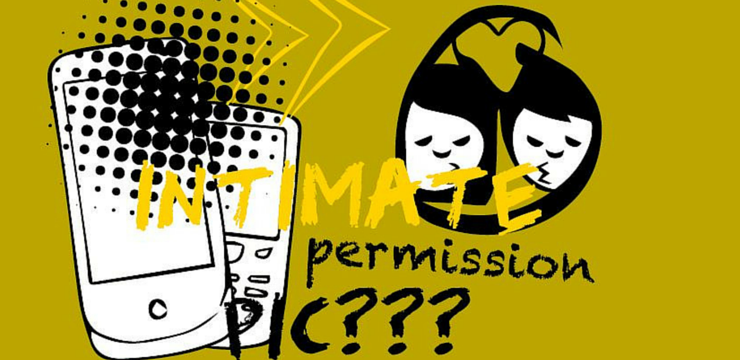Sexting – Information for School Leaders
What is Sexting?
The term ‘sexting’ was coined in early 21st century; it is a concatenation of the words sex and text. It was originally used to describe the exchange of sexual content, text and images, on mobile phones. In the last few years, it has come to cover the sharing of sexual text, video, and photographic content using mobile phones, apps, social networking services and other internet technologies. While technical definitions sometimes include the exchange of pornographic content, for the purpose of this guide we will focus on the sharing of explicit images that are self-created. Images in this case are both photographic and video content. In other words, we will focus predominantly on issues around the sharing of ‘nude selfies’ as they are called by young people.
Where does Sexting occur?

It can be difficult to pinpoint exactly where teen sexting occurs for a number of reasons. Firstly, technologies and particular apps’ popularity can be so transient that teens will have already moved onto the next big thing by the time adults catch up. Secondly, the majority of teen sexting is conducted privately and so is not especially visible.
Access to smartphones certainly makes it easier for teens to sext. The free messaging services, such as WhatsApp, Viber, Snapchat and Facebook Messenger, make it very easy and cheap to share photos and videos with any person who has a smartphone or tablet. The move from texting to messaging services means that sexts are no longer limited to written content, as users do not incur the same charges that they once did for sending pictures. The rise of smartphones has also made sexting easier as smartphones can connect to the internet but do not require a wifi connection.
The fact that smartphones are personally held devices, makes them ideal for exchanging more intimate content.
Young people might previously have been nervous about sending sexting images on a family computer or laptop, for fear that their parents would find out. Smartphones and closed messaging apps, now commonly available, give young people a greater sense of privacy. Parents often monitor and use some of the more established social networks. Young people prefer to use apps and services that are not being used by their parents/carers for sexting.
The motivation for sexting can really determine the services that young people use for sexting. If the young people are in a private romantic relationship they might be more inclined to use a private messaging app or a video calling service. People in the early stages of a relationship or flirting with each other might prefer an ethereal app where the content “disappears” after a few seconds. Young people looking for attention and affirmation and seeking to conform to particular norms might post their provocative pictures on a public social network.13 Teenagers specifically looking for people with whom they can exchange sexts might turn to dating apps or particular social media platforms.
Gathering numerous sexting images can improve a person’s (often a boy’s) status and standing within a peer group. These people persuade or coerce other young people into sending intimate images. These images are then stored in a folder on a phone or shared with friends in a private messaging group chat.
Who’s Involved?

For the most part, sexting takes place amongst peers. Sexting usually occurs in the context of a desired or established or romantic relationship with peers,16 often following a certain amount of persuasion and due to the pressure of social expectation.
Both the EU Kids Online and Net Children Go Mobile research shows that older kids are more likely to have received sexual messages online. Whereas only 4% of 11-12 year olds had received sexual images, 22% of 15-16 year olds had. While the majority of kids surveyed were not upset by the sexual messages they received, girls were more likely than boys to have found the content upsetting.
As well as being older, children who engage in sexting are also more likely to have partaken in a range of risky online and offline behaviours. It is also believed that sexting practices and experiences are influenced by culture, class, race, sexuality and gender.
There have been a number of unfortunate incidents where young people have been coerced into sending sexting images by professional criminal circles. These circles, often based in foreign countries, usually lead the young people to believe that they are speaking with a potential love interest.
Once these criminals have received a number of explicit images/videos they use the images to blackmail the young person into sending large sums of money. These criminals threaten to share the private, intimate content online if the young person doesn’t pay up.
Get more information from our FREE Teaching Resource; Lockers here: webwise.ie/lockers/





